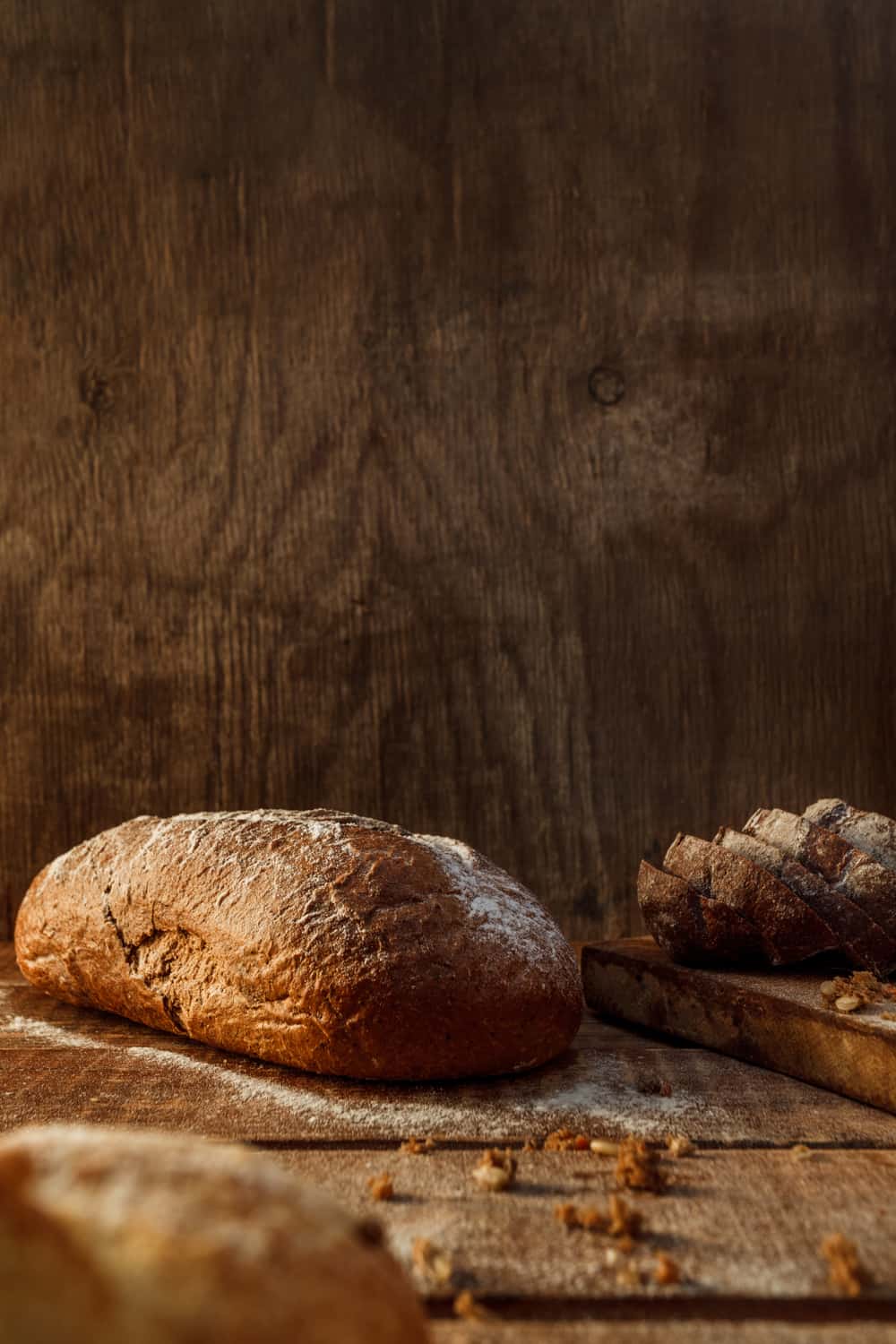
Sometimes you plan to use more bread, but don’t spend it all. Before deciding to save it for later use, you should check does bread go bad and how long does bread last. In most cases, it has a short shelf life because the starches that it contains start degrading fast. Let’s see how long you can keep and use it safely.
Table of Contents
Does Bread Go Bad?
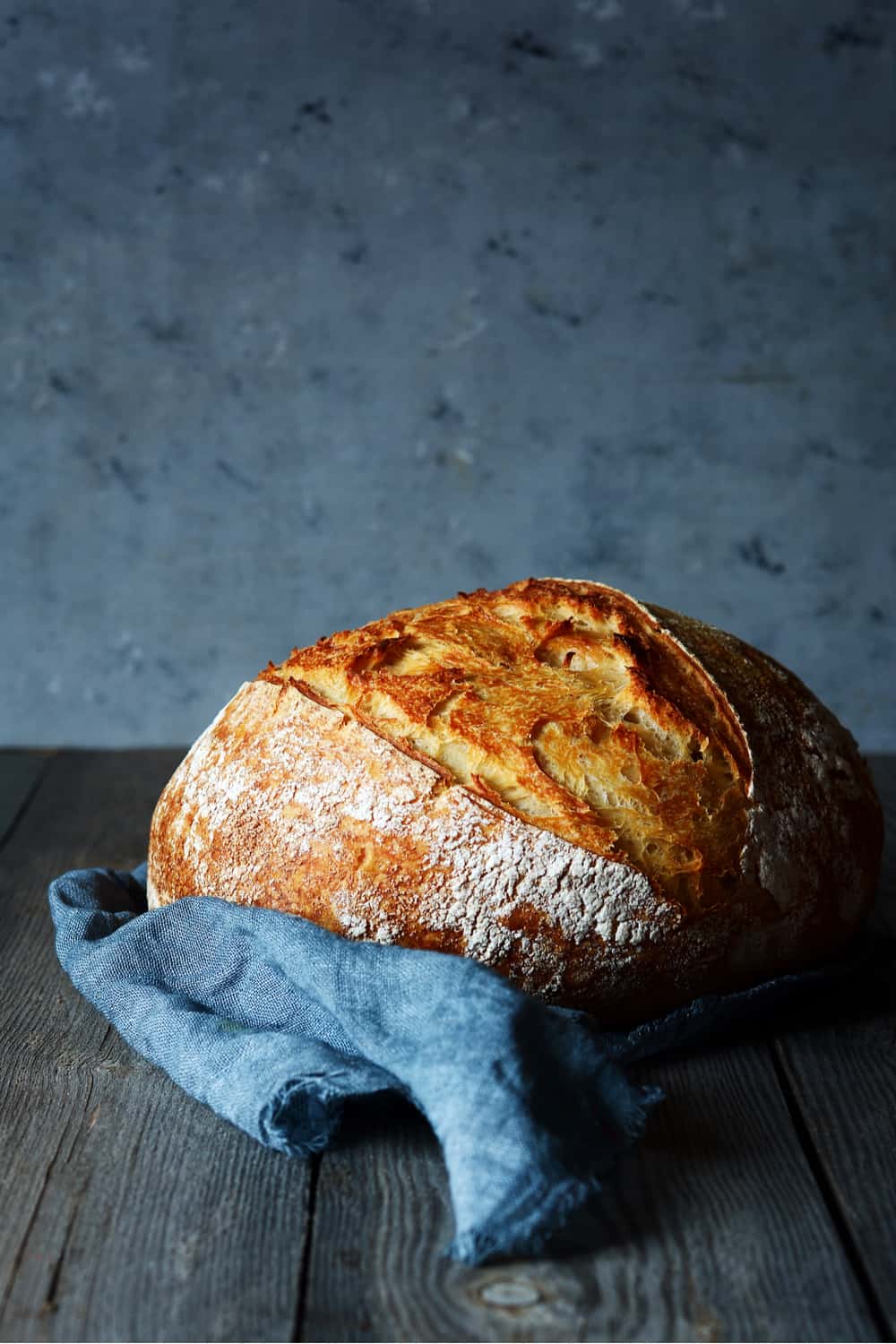
The answer to this question is simple but not entirely satisfying for this delicious flour product’s fans. Yes, bread can quickly go bad, no matter what type it is. The reason is its vulnerability to mold growth and high starch degradation in conditions of high humidity.
You can find many varieties of bread and pastries on the market nowadays, and you can find many pieces of advice on how to prolong their use. Unfortunately, there is no recipe for a significant extension of their shelf life yet.
How Long Does Bread Last?
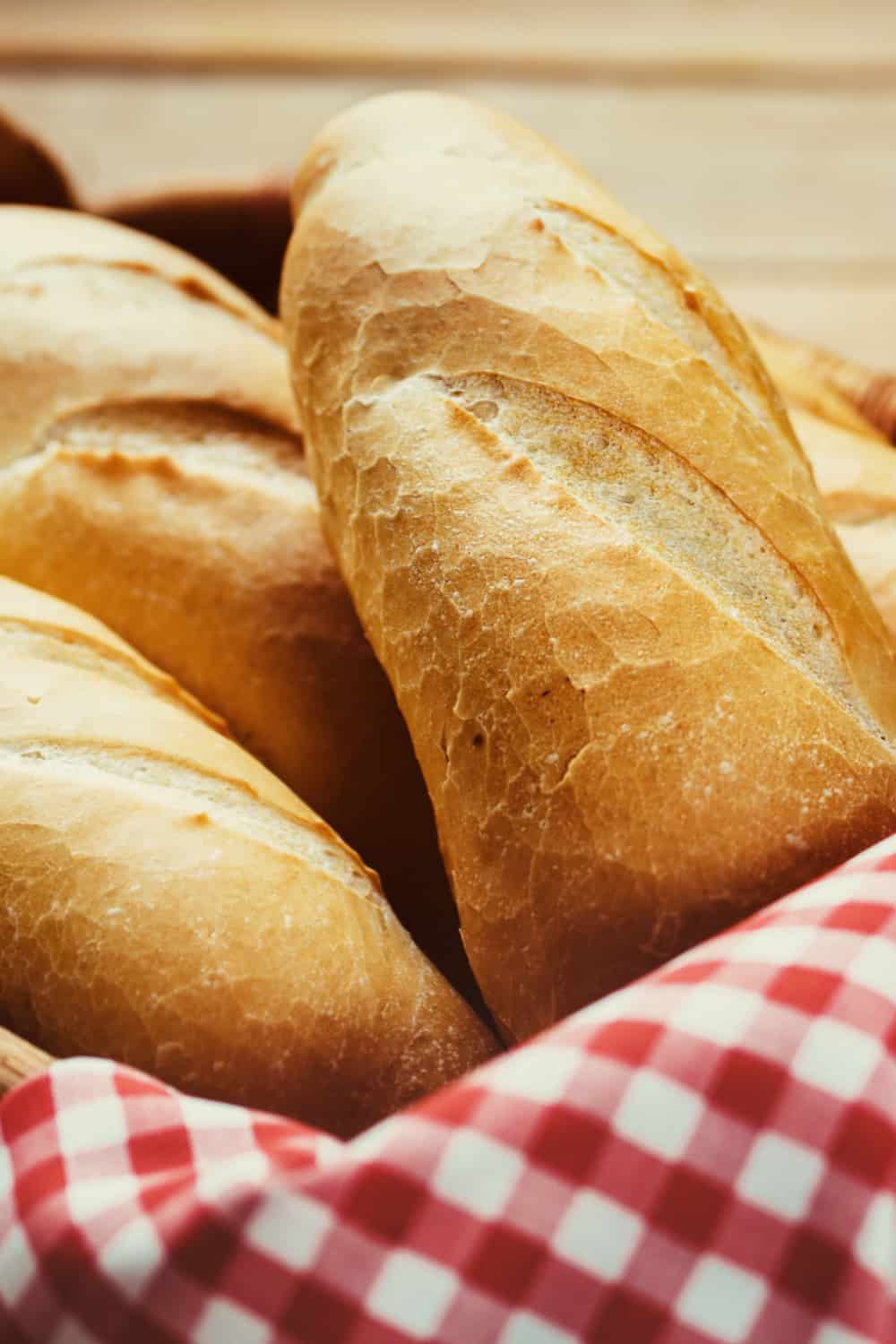
The stability and shelf life of bakery products, including bread, will depend on the bread type, preparation method, ingredients it contains, best by date, and the way of storing.
How Long Does Bread Last (Chart) |
|||
|
Bread type |
Pantry | Fridge | Freezer |
| Bakery bread | 2 to 3 days | Not recommended |
6 months |
|
Bakery bagels |
2 to 3 days | Not recommended | 6 months |
| Soft packaged bagels | 1 week | 1 to 2 weeks |
6 months |
|
Sliced bread |
1 week | Not recommended | 6 months |
| Baked goods | 2 to 3 days | Not recommended |
6 months |
|
Cooked French toast |
2 hours | 1 week | 6 to 8 months |
| Homemade bread dough | 12 hours | 1 week |
6 months |
|
Refrigerated bread dough |
2 to 4 hours | By expiration date | 3 months |
| Soft frozen bread dough | 1 day | 2 to 3 days |
One year |
|
Refrigerator biscuit dough |
2 hours | 1 to 2 weeks | Not recommended |
| Croutons | 6 months | Not recommended |
Not recommended |
|
Bread crumbs |
6 months | Not recommended |
6 to 8 months |
Most bakery products you can buy at the store contain preservatives that increase shelf life and prevent mold growth. The bread usually can’t stay fresh and tasty for more than 2 to 3 days without them. To be sure, always check the expiration date that manufacturers print on the label.
4 Tips to Tell if Bread Has Gone Bad
Bread has a best by date and never have a posted expiration date. In other words, you can eat it until it becomes moldy, sour, or stale. The best you can do is check your bread for signs of spoiling before each consumption, such as:
Smell
As soon as bread gets an unusual odor, it is probably not safe for use. Be careful and never sniff it closely to avoid possible inhalation of mold spores. Uncommon, warning smell can be yeasty, sour like vinegar, or sharp like alcohol.
If you notice such a thing, get rid of bread immediately. Remember that it can be spoiled and smell awful even though you can’t see visible mold on its surface.
Texture
The hard texture is the apparent sign of stale bread. You can eat it if there is no visible mold, but it won’t taste well. Make croutons, French toast, or bread puddings to make it tasty.
Taste
As soon as bread loaf tastes sour, you should throw it away even though there is no mold on the surface. It is probably not dangerous for consumption, but it can make you sick if you have a sensitive stomach.
Visible mold
When mold starts growing over your bread, you will see white, green, blue, grey, or black spots over its surface. They are a sure sign this product has become spoiled and not edible.
The first mold type appearing on stale bread is Rhizopus Stolonifer, black bread mold. Once it occurs, it is time to buy a new bread loaf. Keep in mind that you need to throw away the whole loaf, not only moldy slices, since mold can also contaminate bread below the surface.
5 Tips to Store Bread
Even though bread doesn’t have a long shelf life, you can store it for a while. You can do it in three common ways, but they all have both positive and negative sides.
1. Room temperature
Naturally, you will keep your bread in the kitchen or pantry at room temperature when you use it regularly. In fact, you don’t need to look for ways to protect it as long as it is in unopened packaging.
However, always seal this food properly after opening the package. If it is impossible, use a plastic storage bag to protect sliced bread from moisture and air or place it in a bread-box.
If you prefer freshly made bread without packaging, the best solution is to put it in a brown paper bag. It will allow your bread to breathe and keep it from high humidity but be prepared that it will dry faster. Always store it in the cold pantry if you live in a dry and hot climate.
Never leave bread exposed to direct sunlight if you want to use it for more than a day. When you store it at room temperature, your homemade bread will last up to four days, while store-bought is usable for a week.
2. Fridge
Many housewives believe that storing bread in the fridge is not an excellent option, and they avoid keeping it this way, if possible. The problem is that the low temperature dries the bread out because of the starch recrystallization.
It is true only if you fail to pack your bread appropriately. Once you seal it tightly and isolate it from other groceries in the fridge, it will stay moist. The best choice is to keep the original plastic packaging or put bread in a freezer bag before storing it. That way, it will remain fresh for several days longer.
3. Freezer
Once you freeze your bread, it will last approximately half a year in the freezer. Make sure to keep it safe from air and moisture by storing it in airtight freezer bags.
It is an excellent option to preserve bread texture and taste during that period, but be aware that bread quality will decline eventually. The positive side is that freezing stops mold from growing.
Avoid freezing a whole loaf since it is inconvenient slicing it after defrosting. Therefore, always store a sliced loaf, and thaw pieces at room temperature or in a toaster when needed.
4. Preventing bread waste
If you don’t like throwing bread and want to reduce food waste, you can use it in a few ways:
- Make homemade bread pudding, croutons, breadcrumbs, or crackers
- Seal and store leftover bread in the freezer
- Remove any moisture inside the packaging to prevent mold
- Buy only as much bread as your family consumes on average
The Risk of Consuming an Expired Bread
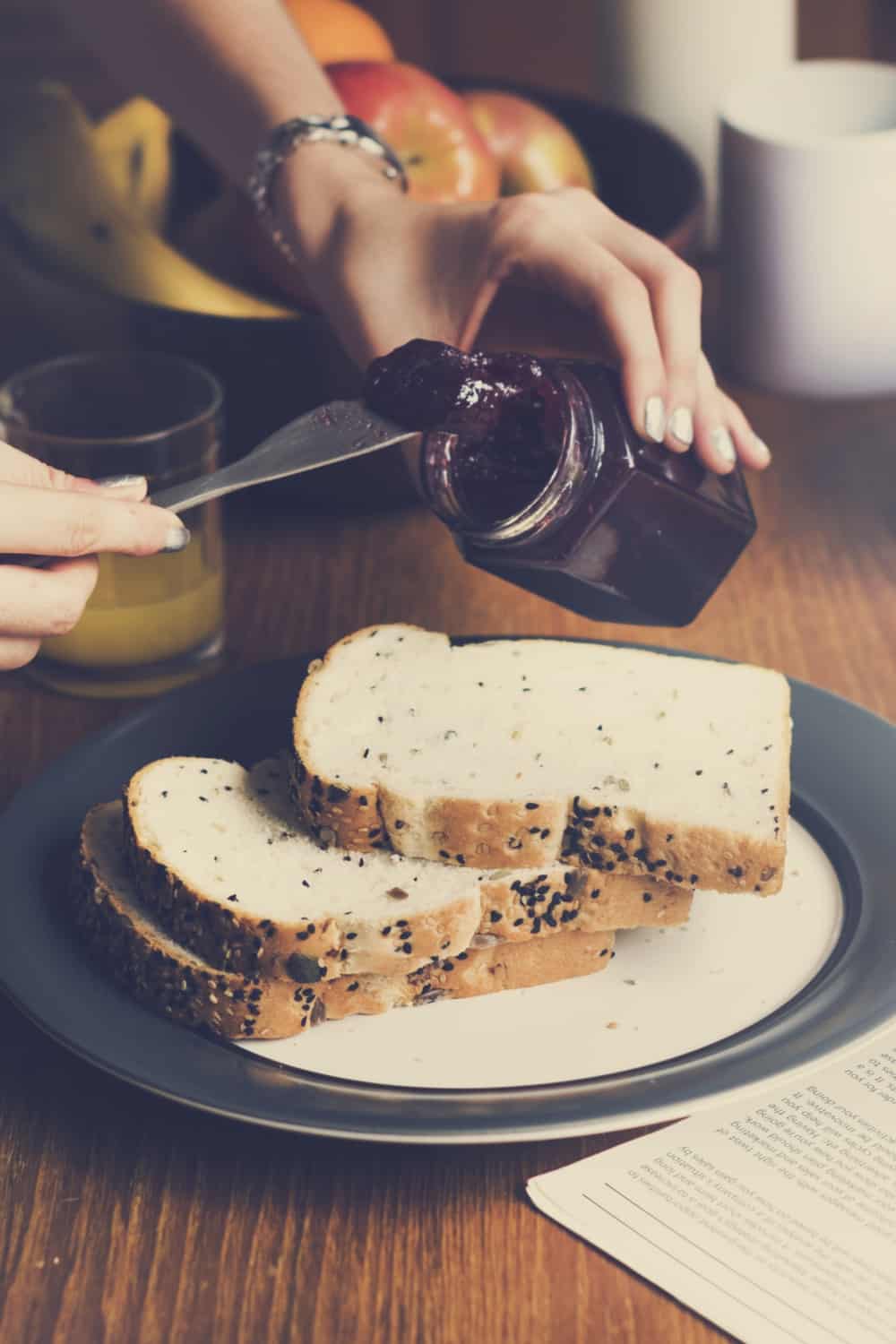
Certain risks always accompany the consumption of expired food products. It is the same with bread that can smell sour or spoiled. In most cases, the primary problem is mold.
Although some fungi are safe to consume, you can’t determine which ones have caused the mold appearance. So, the best option is to avoid eating moldy bread. The most typical bread molds are:
- Penicillium
- Fusarium
- Aspergillus
- Rhizopus
- Mucor
Some of them produce dangerous mycotoxins. Since they are poisonous, whether you inhale or eat them, you should throw out the affected loaf as soon as notice mold.
Otherwise, mycotoxins will cause digestive problems, upset your stomach, disrupt gut bacteria, and weaken your immune system. The most hazardous is aflatoxin that may increase the risk of getting cancer.
Unfortunately, you can’t solve the problem by heating or toasting moldy bread. Regular temperatures can’t kill fungi, and those that are high enough will burn the bread.
Can You Freeze Bread?
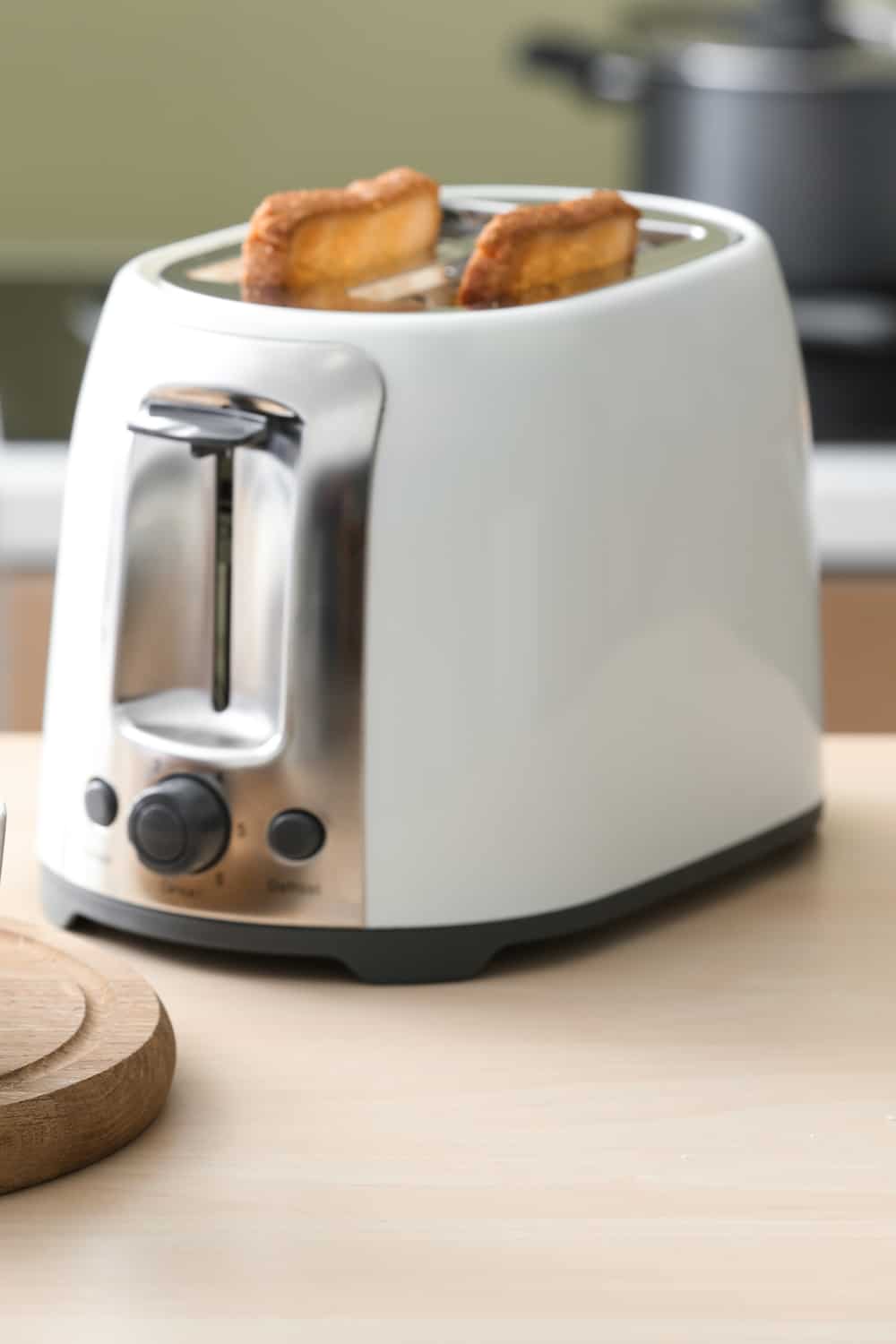
If you like buying an extra loaf to have it just in case, the best way to keep it fresh and tasty is to freeze it. A convenient option is to put bread slices into the freezer and quickly defrost them in a few minutes when necessary.
- Freezer bags – Pack leftovers into freezer bags and seal them tightly after removing as much air as possible.
- Plastic container – It is an excellent solution when you want to protect your bread from smashing.
Unlike refrigeration that speeds up the starch recrystallization, freezing won’t change bread texture and quality for months. The process of defrosting is not complicated, and you have a few options to do that successfully:
- Countertop – Let separated slices on a plate and let them thaw in 15 and 20 minutes.
- Toaster – Warm up frozen bread slices in the toaster, and you will get tasty bread in a few minutes.
- Oven – Frozen bread will become fresh again after heating at 350 degrees in the oven for about 15 minutes.
Summary
Since bread has a short shelf life at room temperature, the best option to keep it fresh for more than two days is to store it in the fridge or freezer. It is a secure way to prevent mold growth and prolong using this grocery for a week or two. Once mold appears, the only thing you can do is to throw away the loaf.
Hi..
After following all the recipe procedures, my bread, especially whole brown, grow mold before the expiry date is due. No issue with the white bread only whole brown.
What could be the problem with?